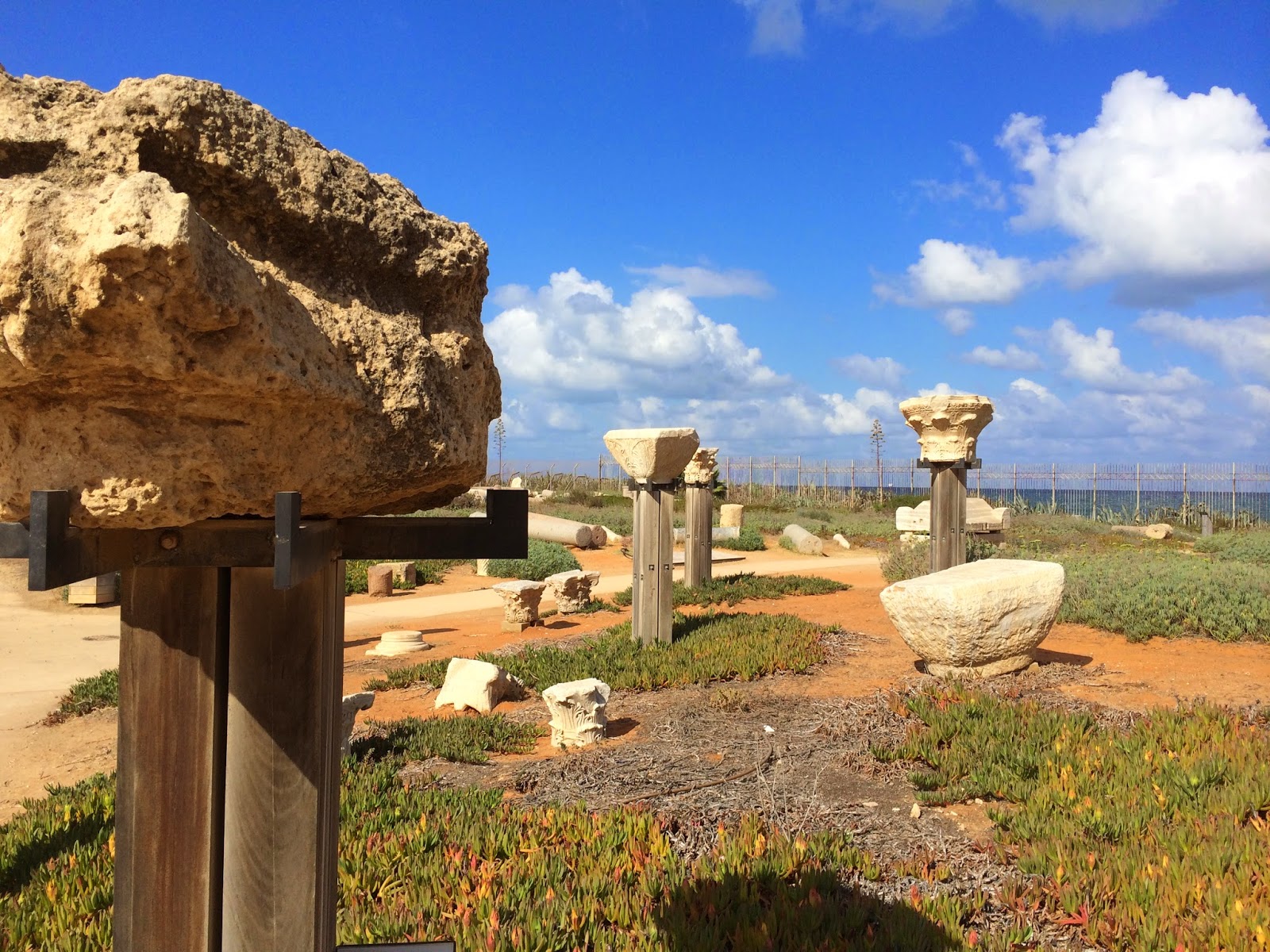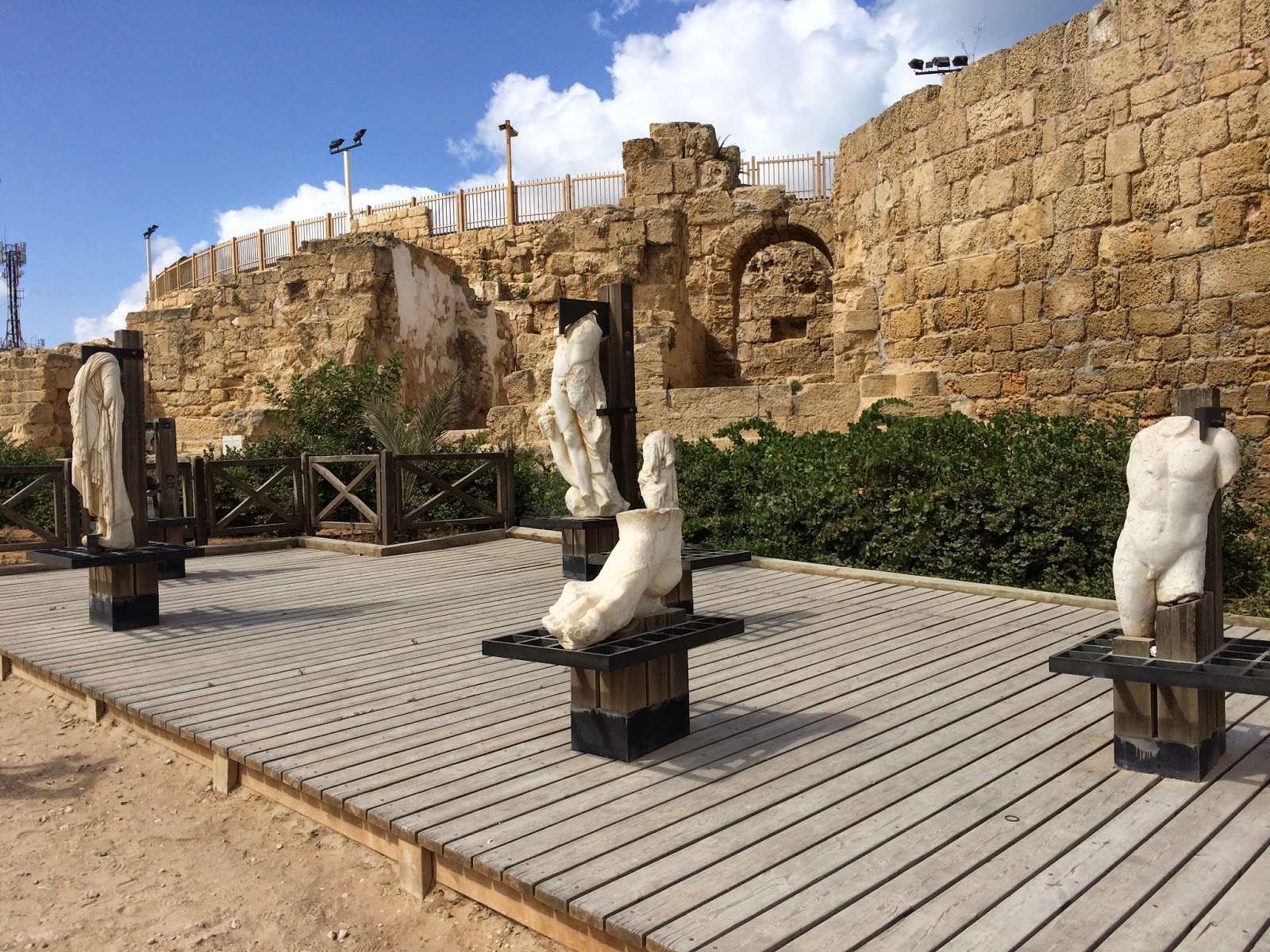From: Chaya Baker, Rabbi, French Hill, Jerusalem
Sent: 7/30/2014 8:07 AM
To: Chaya Baker
Subject: Ramot Zion checking in...
Sent: 7/30/2014 8:07 AM
To: Chaya Baker
Subject: Ramot Zion checking in...
To all our dear friends and supporters overseas,
We so appreciate your concerned and supportive emails and phone calls. I apologize for the group email... but do want to update you on how we are faring these difficult times here at Ramot Zion.
At the beginning of the fighting there were several sirens in Jerusalem. Thankfully our preschool classroom is itself a bomb shelter and therefore the kids could stay protected and relatively unalarmed. Last night Hamas shot another rocket at Jerusalem, which luckily was intercepted by the Iron Dome system. Our families and friends elsewhere in the country - all the way from the Gaza border to Tel Aviv and beyond - are less fortunate: they must run to find shelter several times a day and hear the rockets exploding overhead either intercepted by Iron Dome or sometimes - regrettably - on the ground, on homes, schools, businesses and vehicles. People leave home as little as possible because you never know when you will be under attack. Even during a ceasefire... You can imagine what that does to the economy and to the general morale. Not to mention the elderly, the sick and the disabled, who cannot easily run to shelter and who are often alone and helpless... It's scary and sad and we are praying for it all to be over.
We at Ramot Zion have been supporting our members and our brothers and sisters in the south, checking in on the community elderly, offering home hospitality to families from the south, sending foodstuff and supplies to families who spend more time in bomb shelters than out of them, and home-cooked meals to our soldiers. We are in the midst of organizing - in collaboration with the municipality - a farmers' market for merchants from the south to sell their merchandise in Jerusalem (of course in a facility with a bomb shelter) since they have had virtually no business for over three weeks.
Some 30 soldiers from RZ were drafted on the emergency draft to active reserve duty: Sons, daughters and siblings of congregants (including my own sister...), husbands and fathers. We are all very tense and worried for our loved ones. However we realize that this is necessary for the survival of Israel; that if it weren't for our soldiers there would be scores of terrorists roaming Israel, having sneaked in through the many tunnels they have dug right into our border towns and kibbutzim, murdering or kidnapping the residents of those places and others, and there would probably be hundreds more rockets shot at our cities. So we pray for the safety of our soldiers and keep busy offering help and support to their families: periodical phone calls, cards, home-cooked meals, and help with the kids.
It is all so terrible, since on top of all this difficulty the human tragedy in Gaza is overwhelming. Our hearts ache for the Gazan civilians who are suffering such terrible casualties. We wish the international community would exert pressure not only on Israel but also on Hamas for using them as human shields, forcing them to stay in their homes that house terrorist activity when they would rather evacuate, and executing those who dare to protest.
It is so distressing to see the way this war is portrayed in the world, the anti-Jewish (not anti-Israeli) demonstrations across the world, the lies and false footage dispensed by Hamas, and the double standard and one-sidedness of the media.
On the social front we are dealing with groups within us lashing out at one another. This war, coupled with the intensity of new social media, is bringing to light a great deal of animosity among Israelis of different political convictions and we at Ramot Zion see the amelioration of that animosity as one of our main missions at this time. Our Tisha B'av commemoration will be a joint study session with Orthodox synagogues in French Hill - the first ever and the result of delicate, intensive efforts - in the spirit of finding common ground and nurturing fraternity.
I would like to end with a prayer for peace - among Jews, peace in our entire region, and peace among the nations. I hope you will dedicate time in your services for prayer for the safety of our soldiers and civilians and for an end to this violence and peace for all.
With warm regards,
Rabbi Chaya Rowen Baker
--
הרבָּה חיה רואן בקר
קהילת רמות ציון
בר כוכבא 68, הגבעה הצרפתית
ירושלים
02-5400621
054-5532393
Rabbi Chaya Rowen Baker
Congregation Ramot Zion
68 Bar-Kochba St., French Hill
Jerusalem, Israel
Office: 972-2-540-0621
Cell: 972-54-553-2393
קהילת רמות ציון
בר כוכבא 68, הגבעה הצרפתית
ירושלים
02-5400621
054-5532393
Rabbi Chaya Rowen Baker
Congregation Ramot Zion
68 Bar-Kochba St., French Hill
Jerusalem, Israel
Office: 972-2-540-0621
Cell: 972-54-553-2393
























































